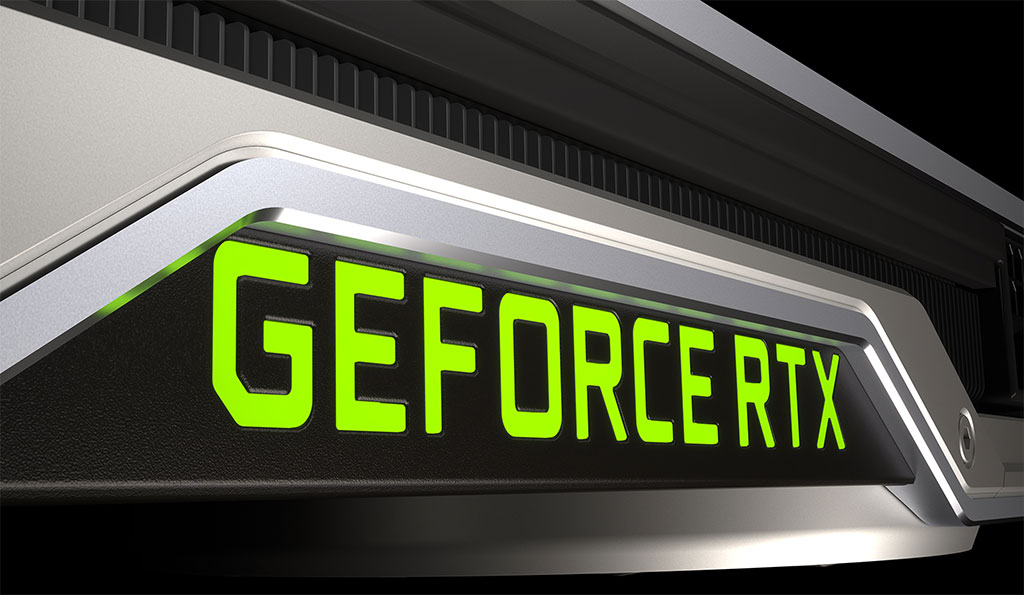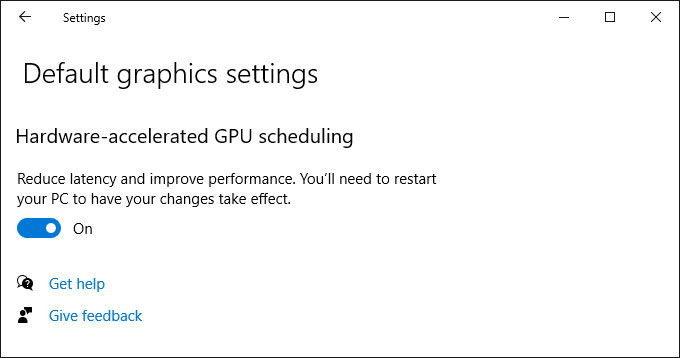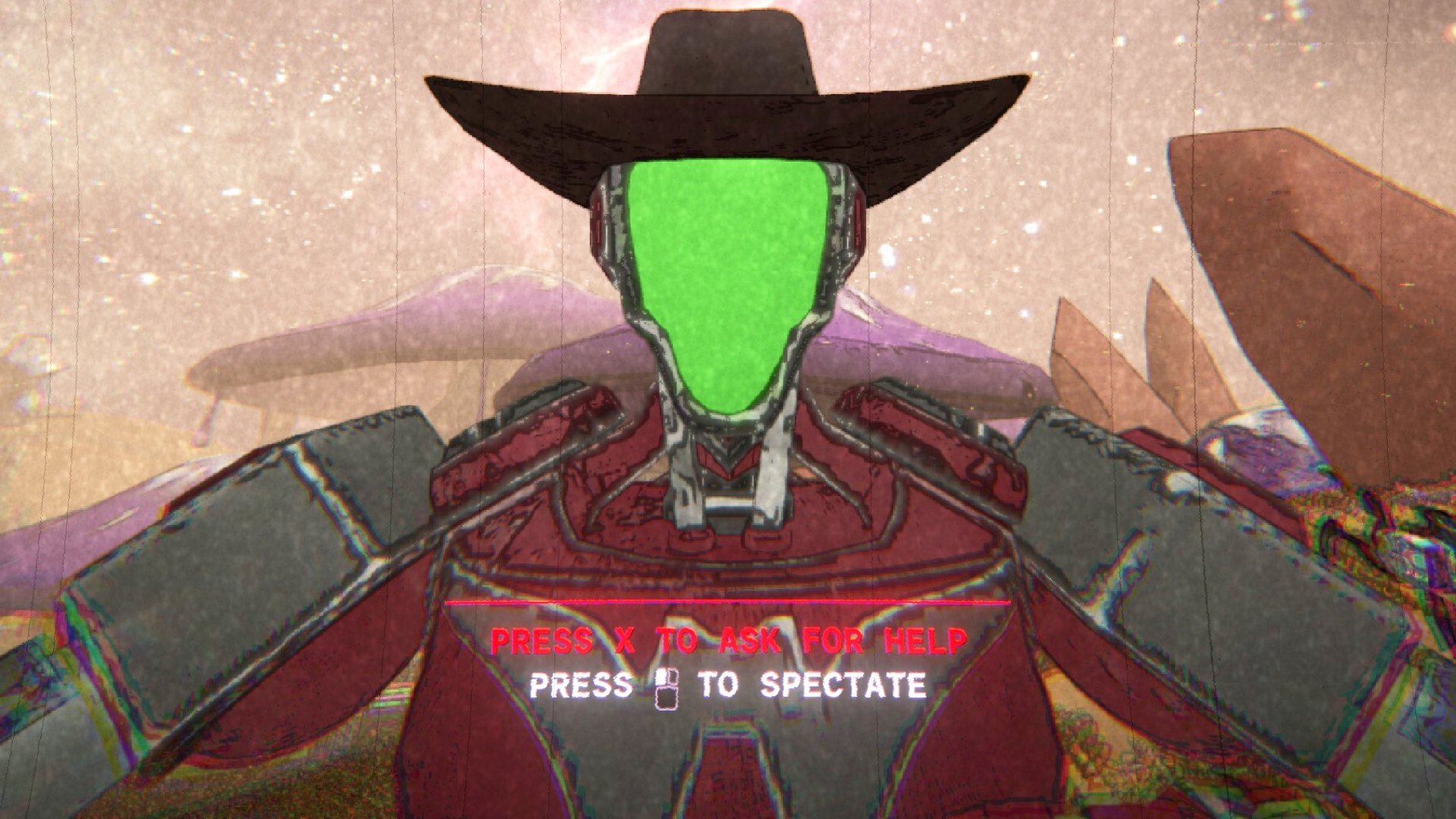Nvidia's latest GPU driver lays the groundwork for next-gen games
It is the first public driver release to support Microsoft's DirectX 12 Ultimate API.

Typically when Nvidia launches a new GPU driver, it brings with it optimizations for specific games, oftentimes brand new ones, under the 'Game Ready' banner. This time, however, Nvidia is hyper-focused on promoting full support for DirectX 12 Ultimate. It essentially amounts to bragging rights, though there are some things of note here.
"DirectX 12 Ultimate gives developers a large, multi-platform install base of hardware to target, and ready-made tools and examples to work from—all backed by time-saving middleware. This makes game development faster and easier, and enables more developers to add these innovative technologies to their games," Nvidia explains.
Wading through the puffery, DX12 Ultimate is a collection of technologies intended to deliver "an unprecedented alignment between PC and Xbox Series X."
"When gamers purchase PC graphics hardware with the DX12 Ultimate logo or an Xbox Series X, they can do so with the confidence that their hardware is guaranteed to support ALL next generation graphics hardware features, including DirectX Raytracing [DXR], variable rate shading, mesh shaders and Sampler Feedback," Microsoft says.
This is where the bragging rights come into play, at least temporarily. At this very moment, Nvidia's GeForce RTX stack is the only one to support each and every one of those features. That will change when AMD's next-generation RDNA 2 graphics architecture arrives, which will power the Xbox Series X, PlayStation 5 and PC graphics cards.
Nvidia does not mention any specific game optimizations in the release notes for its latest 451.48 driver package, so there is not a whole lot to be gained in the here and now. Furthermore, to take full advantage of those features, a user must also have the latest version of Windows 10 (2004), which gets installed with the May 2020 update.

A bit more interesting is a new feature introduced with the latest driver called hardware-accelerated GPU scheduling. According to Nvidia, this can "potentially improve performance and reduce latency by allowing the videocard to directly manage its own memory."
Keep up to date with the most important stories and the best deals, as picked by the PC Gamer team.
It's not clear how much of a difference this will actually make, and we have not had a chance to run any comparison tests to figure it out. However, I'd temper my expectation—Nvidia casually mentions the feature, rather than highlighting it in the same vein as DX12 Ultimate support.
Beyond those things, the latest driver adds more G-Sync Compatible monitors to the mix. Nvidia has certified nine new models. They include:
- AOC AG273F1G8R3—48-240Hz
- Asus VG27AQL1A—48-144Hz
- Dell S2421HGF—48-144Hz
- Lenovo G24-10—48-144Hz
- LG 27GN950—48-144Hz
- LG 32GN50T/32GN500—60-165Hz
- Samsung 2020 Odyssey G9—60-240Hz
- Samsung 2020 Odyssey G7 27-inch—60-240Hz
- Samsung 2020 Odyssey G7 32-inch—80-240Hz
You can download the latest driver through GeForce Experience, or grab and install it manually from Nvidia's driver page.
Paul has been playing PC games and raking his knuckles on computer hardware since the Commodore 64. He does not have any tattoos, but thinks it would be cool to get one that reads LOAD"*",8,1. In his off time, he rides motorcycles and wrestles alligators (only one of those is true).


